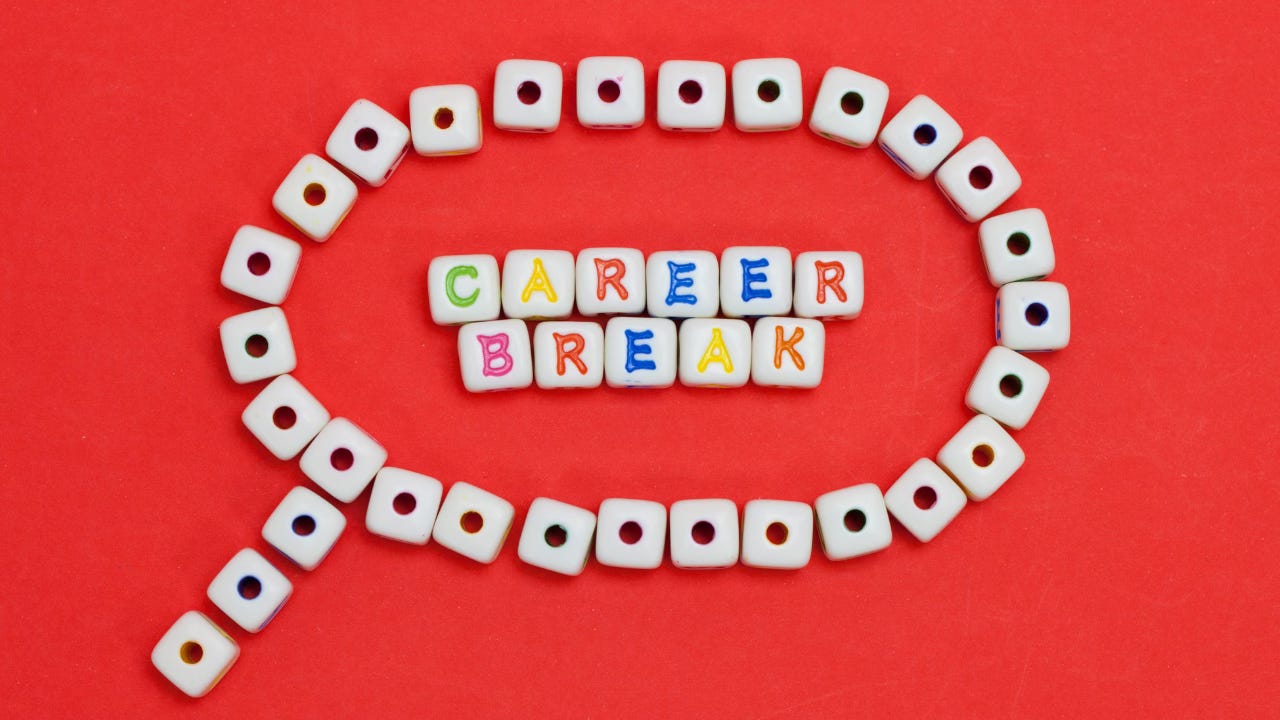What Is The Secret to Getting on Broadway Sub Lists?
Do Your Homework, Build Real Relationships, and Be Overprepared
One of the most common questions I hear from musicians who want to break into Broadway pits is, "How do I get on a sub list?" The next question usually comes right after: "Once I sub, how do I make sure I get called back?"
I know the struggle. When I was first introduced to Broadway, I was on a bus and truck tour of Footloose back in 2000. Before I hit the road, one of the first people I called was Gary Seligson, who was playing Aida at the time. I went to watch him play, and I was blown away. Seeing him in that pit opened my eyes to the level of professionalism and consistency it took to succeed in that world.
After Footloose, I was fortunate to land the off-Broadway show tick, tick… BOOM!. That gig introduced me to Jeff Potter, the drummer for Rent, and it showed me what it really meant to navigate the world of subbing. I started asking questions, reaching out to musicians I admired, and showing up wherever they were playing around the city.
I remember hearing Rich Mercurio live for the first time at a club in town. The way he locked in with the band made me stop and think, "This is what I need to learn if I want to make it here." I connected with him later, and he was generous with his time and advice. Those conversations stuck with me.
Not long after, I had the chance to sub on Little Shop of Horrors. Walking into that pit for the first time felt like stepping into another world. Playing on stage in Rent had been loud, raw, and right in the middle of the action. The pit was the opposite—tucked away, but just as demanding. The intensity came from precision. Every note mattered, every cue from the conductor had to be caught, and the balance between players required complete trust. I focused on the dynamics, the timing, and the subtle interactions between the musicians around me, all while locking in with the musical director.
That experience showed me a new side of Broadway. Each gig built on the last, and every connection added another piece to the puzzle. Little by little, I began to see how this world really worked.
My girlfriend has a saying: if you want to meet musicians, find them in their natural habitat. A Broadway pit is not the natural habitat for most players. You are far more likely to meet them in clubs, at concerts, or at jam sessions. That is where real connections are built.
Here are some practical ways to connect with Broadway musicians:
Go where they play. Pit musicians don't just live in Broadway theaters. You will find them playing in jazz clubs, rock clubs, and jam sessions, but also in cabaret venues like 54 Below, Joe's Pub, or The Green Room 42. Many freelance with orchestras at Lincoln Center or Carnegie Hall, play regional theaters or summer festivals, pick up studio sessions, or even hold down church gigs on weekends. The key is to show up where they're already making music. That is where real connections happen.
Use Instagram as a tool. The Instagram account Broadway Musicians lists players currently working on Broadway. Look them up, follow their Instagrams, and pay attention to the gigs they are posting about. It is an easy way to find out where they are playing outside the pit.
Connect on social platforms. Do not stop at Instagram. Reach out on Facebook or LinkedIn and see if they're performing nearby. If you can, go in person. Meeting face-to-face leaves a far stronger impression than sending a cold message online.
Build rapport before you ask. Walking up to someone and immediately asking to sit in their pit can come off as transactional. A better strategy is to develop a genuine relationship first. Get to know the musician, support their gigs, and talk music. When you finally do ask, they will know you respect them and are not just looking for a quick favor.
Do Your Homework and Overprepare
Getting on a sub list is only the first step. The bigger challenge is proving that you belong there. That means doing your homework and preparing so much that you are practically sick of the music. You need to know the score so well that you're begging the chairholder to let you in because you're ready.
When I subbed on Rent for the first time, I did not own the Roland SPD pad that was essential for the show. Instead of giving up, I built a cardboard replica at home to practice the movements. That extra step might sound obsessive, but it allowed me to walk into the pit confident and prepared. The MD saw I had put in the work, and I got called again.
Preparation is what earns you respect. Consistency is what keeps you on the list. Show up on time, nail the dynamics, and stay flexible when the conductor or stage manager throws last-minute changes at you.
Musicians who get regular calls aren't always the flashiest players. They are the ones who make the chairholder look good by being dependable every single time.
The Bigger Picture
In my book Broadway Bound and Beyond, I go deeper into how to build these relationships and why preparation is everything. The truth is simple: reliability builds trust, and trust builds careers.
If you are looking to break in, remember this: being a good sub is not about being perfect. It's about being prepared, respectful, and steady enough that people know they can count on you.
Do your homework, meet musicians where they live and play, and make sure you are overprepared when the call finally comes. That's how you turn sub work into a long-lasting career.




